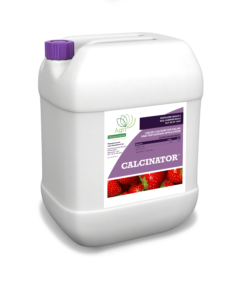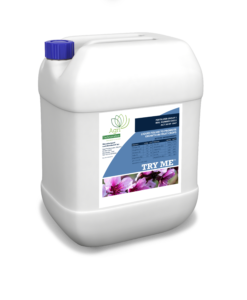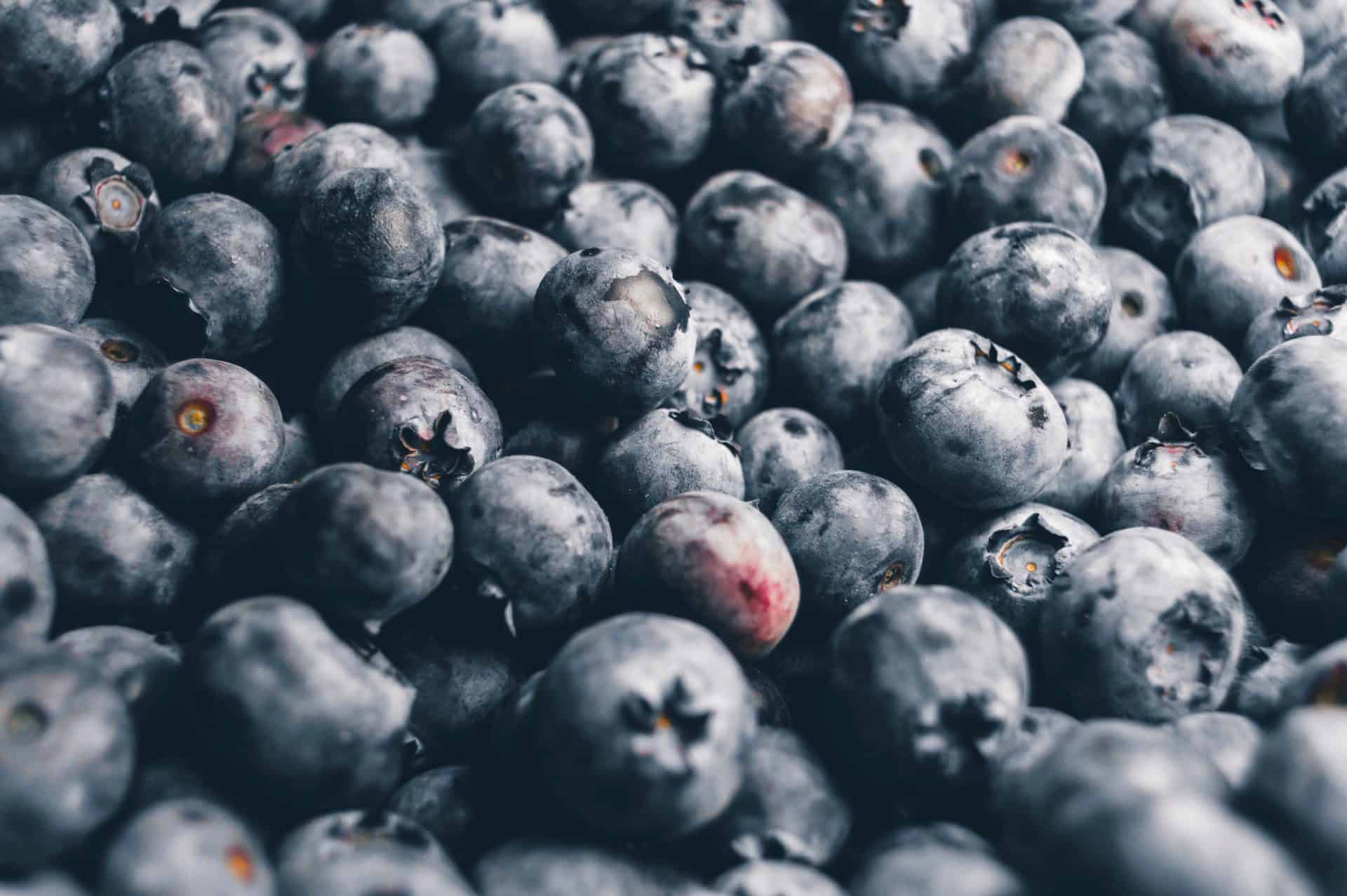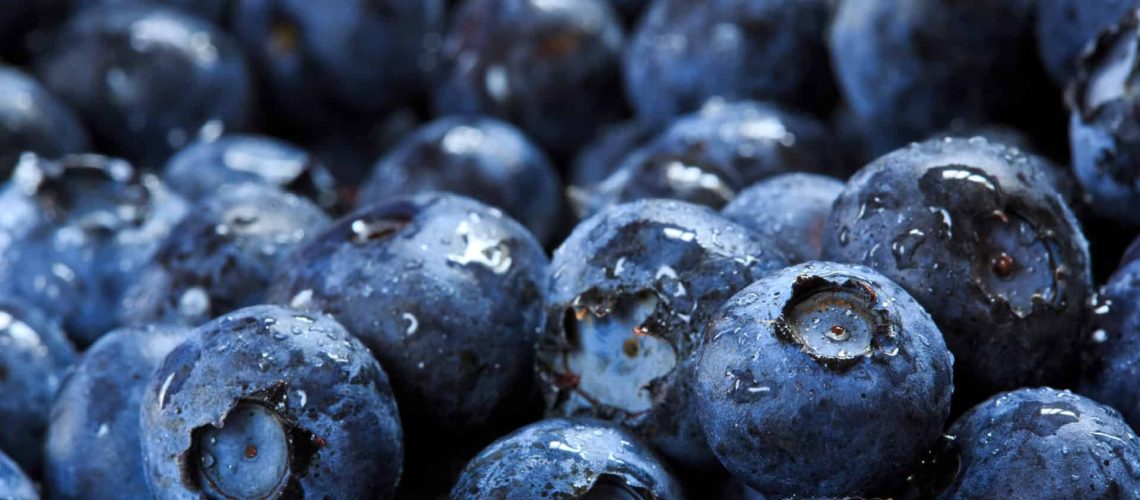Blueberries: Fruit Quality
By Agustin Verdugo. Senior Horticulturalist: Latin America
The challenge
Considering the popularity of blueberries, it is a key requirement for blueberry producers to produce the best possible fruit in terms of quality and condition that has the capacity to travel and reach the shelves of overseas supermarkets. Currently however, one of the major challenges faced by the blueberry industry in South Africa, is inconsistency in fruit quality. After 60 – 70% of the crop has been harvested, a consistent decrease in the fruit quality has been reported. Other blueberry-producing countries such as Chile and Peru face a similar challenge.
Although fruit quality is strongly linked to genetic traits, other impacting factors such as climatic conditions, pest and disease incidence, irrigation management, as well as nutrition, could significantly affect the quality of the fruit. It is therefore always important to firstly select the best possible cultivar (area specific) and then also to manage the various factors impacting on fruit quality optimally.
This approach will lead to the best results in terms of fruit quality and condition. With regard to the various impacting factors, this article will focus specifically on the role of nutrition and effective nutrition management.
Nutrition and the importance of a healthy root system
In terms of nutrition management, the starting point should always be verifying the status of the root system. This is because the root system is one of the most important and influential factors and plays a crucial role in how a plant performs in response to a specific production strategy. Too often producers focus only on the plant canopy while the more important part of the plant, the root system, is not considered with the same level of interest or not at all.
The root system of a blueberry plant is located mostly in the first few centimetres of the soil profile. The roots are fibrous with limited absorption capacity. Blueberry roots are also highly sensitive to excess water and salinity. For example, if the electrical conductivity in the soil solution is above 1,5 ds/m, the plant will be under osmotic stress, which condition will adversely impact root development.
If the root system is not performing optimally, crop performance will be adversely affected. A fertigation program applied to a plant with an inferior root system, will not produce the intended or desired results and its effectivity will be compromised. This will result in a decrease in fruit quality and crop performance.
There are several factors that could contribute to poor root development, including:
- Soil compaction
- Poor root distribution due to challenges relating to irrigation distribution
- Salinity layers due to compaction
- Soil pH levels below 4
- Water infiltration challenges
- Increase of electrical conductivity (salinity) on the pots due to bad water management
New roots are required to effectively absorb phosphorus, potassium and calcium. If the root system is inferior, only insufficient quantities of these elements will be absorbed by the plant, even where the optimal concentration of these nutrients is present in the solution. The challenge relating to fruit quality is therefore not necessarily solely related to the fertigation program, but it can also be as a result of poor uptake of nutrients due to a lack of root development. Developing and maintaining a healthy root system should therefore be a key focus of blueberry producers.
Agri Technovation provides solutions


Agri Technovation provides expert agricultural advice and recommendations, based on scientific data and other information obtained through precision practices.
A strategy is applied where crops are effectively monitored during their complete phenological cycles through the use of several highly efficient tools (services). Results obtained through the use of these tools make it possible for producers to make the best decisions to improve their yield and crop quality.
Monitoring strategy includes the analysis and interpretation of the results achieved through the services listed below. The information obtained provides a clear picture of the nutritional and health status of the plant and other impacting factors, making it possible to provide the best recommendations and solutions.
- Leaf analysis for minerals: The ITEST™LEAF service is used to verify the optimum nutrient levels during the most important phenological stages of the plant.
- Leaf analysis for carbohydrates: The ITEST™CARBOHYDRATES service (using leaf samples) is used to verify the energy levels of the plant during the most important phenological stages.
- Root analysis for carbohydrates: The ITEST™CARBOHYDRATES service (root samples) is used to verify the reserve levels of the plant during the most important phenological stages.
- Root mineral analysis: The ITESTTM ROOT service is used to verify nutrient and root health status.
- Irrigation water analysis: The MYIRRIGATION™ service is used to verify any limitations related to the water quality and nutrient contributions.
- Fertigation solution analysis: The ITEST™WATER service is used to verify nutrient concentration and balances.
- Drain water analysis for pot plantations: Performed to verify the leaching fraction.
New carbohydrates analysis for blueberries:
Agri Technovation has established a first of its kind laboratory for the analysis of carbohydrate levels in various commercial crops. Through this service, a number can be assigned to the energy levels of a plant and, in conjunction with a mineral analysis, this provides a clear picture of the nutritional status of the plant.
For several crops, Agri Technovation has already developed norms and are now developing norms for blueberries pertaining to specific cultivars and areas. Commercial trials conducted for the purpose of understanding the impact of carbohydrates on the quality of blueberry fruits, have already commenced on several farms in the Western Cape and Limpopo.

Summary
Due to the sensitive nature of the blueberry root system and the associated challenges as discussed above, Agri Technovation believes that supplementary application of foliar-applied fertilizers will yield the best results in supporting the blueberry plant. Also, deficiencies in the crop production cycle and imbalances relating to the nutritional solution can sufficiently be addressed.
Agri Technovation has identified two products that have produced great results in improving fruit quality which are CALCINATOR™ (nitrogen-free based calcium product) and TRY ME™.
Calcium is the macronutrient most frequently associated with blueberry fruit quality and firmness. CALCINATOR™ is key to increase the calcium level of the plant during fruit set, especially when nitrogen levels may present a challenge, late in the season. An excess of nitrogen during fruit set and harvesting could impact fruit quality adversely. CALCINATORTM is formulated with a raw material that increases the cellulose and strength of the fruit.
A foliar application of TRY ME™ is essential to increase the level of energy in the plant during the most demanding phenological stages. The window between the end of harvest and pruning for the plant to recover from the stress of harvesting, is very small. Through the application of TRY ME™ and subsequent measurement of carbohydrates on leaf and root samples, the energy status of the plant can be determined and understood clearly, which information is crucial to build a stronger plant for the next cycle.

